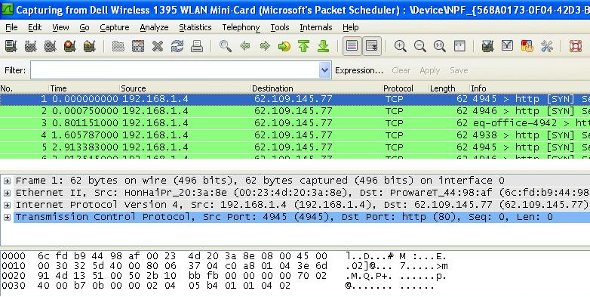

If it is on Linux (or some Windows machines) you can look in the config files to see if they have a port specified. Or scan it from behind your firewall if you're not running a software firewall. Or you can drop the firewall temporarily and run NMap against the server, scanning all ports, to see what's open. Use the man page to see if further options (such as what the program command line is for each listened port) can help you narrow it down. On the server, you can try running netstat or a similar program depending on your OS that will tell you what ports are being listened to. You can also learn to Master Wireshark in Five Days or Start Using Wireshark to Hack Like a Pro with our VIP courses.Are you using Linux? If so, as others mentioned, you access the data using wireshark/tcpdump, filtered for the IP, while using that software. We hope that with the knowledge and techniques covered in this Wireshark cheat sheet, you should now be able to confidently capture, filter, and analyze packets with Wireshark. It provides a wealth of information that can help you identify issues, track down problems, and understand how your network is being used. Wireshark is an incredibly powerful tool for analyzing and troubleshooting network traffic. Resize columns, so the content fits the width

Zoom out of the packet data (decrease the font size) Zoom into the packet data (increase the font size)

Opens “File open” dialog box to load a capture for viewingĪuto scroll packet list during live capture Uses the same packet capturing options as the previous session, or uses defaults if no options were set Protocol used in the Ethernet frame, IP packet, or TC segmentĮither all or one of the conditions should matchĮxclusive alterations – only one of the two conditions should match not bothįiltering Packets (Display Filters) Operator Source address, commonly an IPv4, IPv6 or Ethernet address


 0 kommentar(er)
0 kommentar(er)
